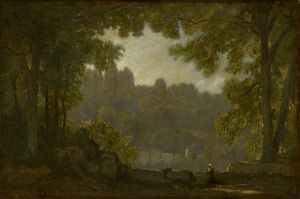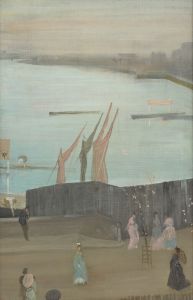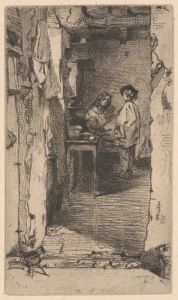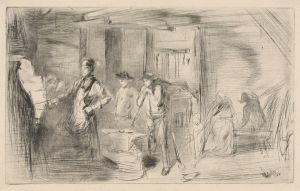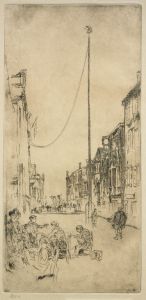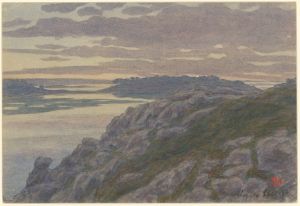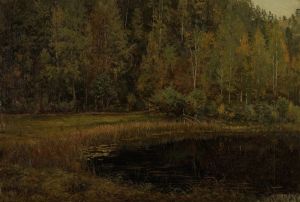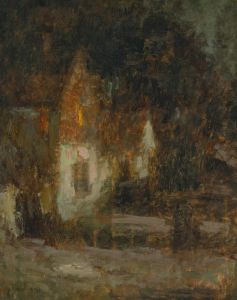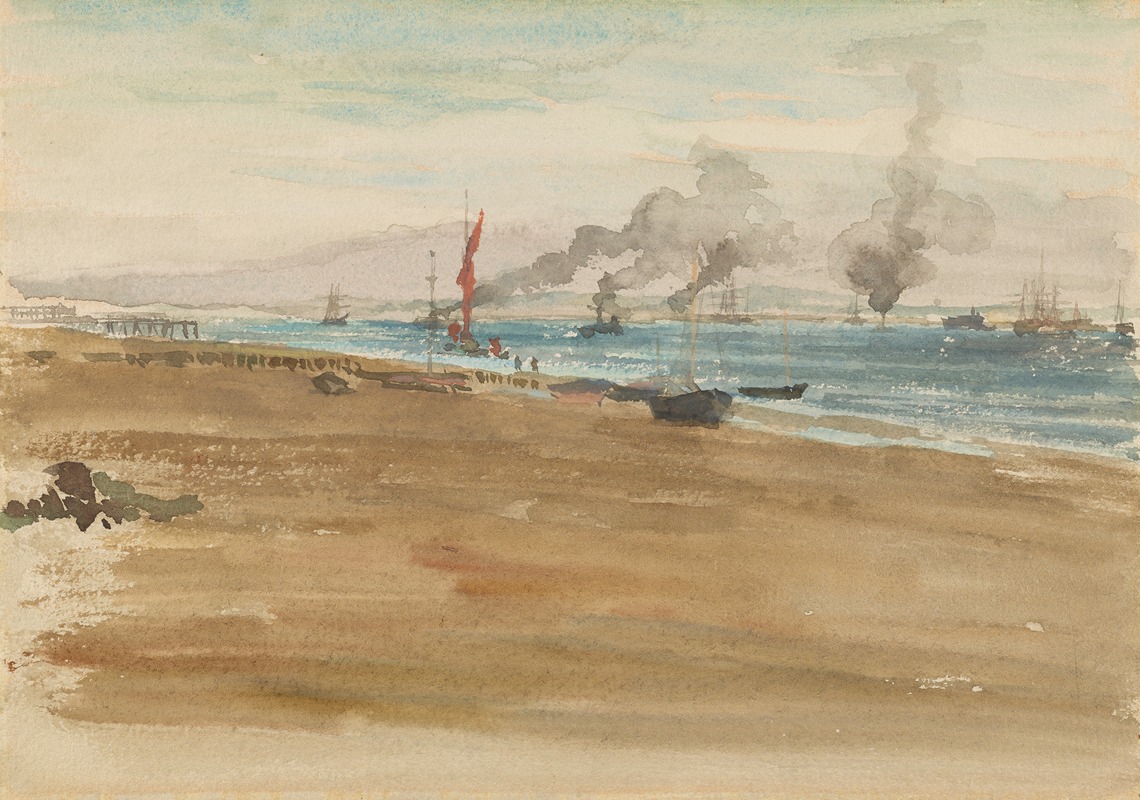
The Mouth of the River
A hand-painted replica of James Abbott McNeill Whistler’s masterpiece The Mouth of the River, meticulously crafted by professional artists to capture the true essence of the original. Each piece is created with museum-quality canvas and rare mineral pigments, carefully painted by experienced artists with delicate brushstrokes and rich, layered colors to perfectly recreate the texture of the original artwork. Unlike machine-printed reproductions, this hand-painted version brings the painting to life, infused with the artist’s emotions and skill in every stroke. Whether for personal collection or home decoration, it instantly elevates the artistic atmosphere of any space.
James Abbott McNeill Whistler was an American artist known for his work in the late 19th century, particularly for his contributions to the Aesthetic Movement. He is renowned for his innovative approach to art, emphasizing mood and atmosphere over detailed representation. One of his works, "The Mouth of the River," exemplifies his unique style and artistic philosophy.
"The Mouth of the River" is a painting by Whistler that captures a serene and atmospheric landscape. Whistler's approach to this painting reflects his broader artistic philosophy, which often focused on the harmony and balance of color and form rather than precise detail. This approach is evident in "The Mouth of the River," where Whistler employs a subtle palette and soft brushwork to evoke a sense of tranquility and introspection.
Whistler's technique in this painting aligns with his belief in "art for art's sake," a principle that suggests art should be appreciated for its beauty and emotional impact rather than its narrative content or moral message. This philosophy was a cornerstone of the Aesthetic Movement, which Whistler was a significant part of. The movement emphasized the visual and sensual qualities of art and design over practical, moral, or narrative considerations.
In "The Mouth of the River," Whistler's use of color and composition creates a harmonious scene that invites viewers to experience the mood of the landscape. The painting likely features a river scene, with the water and sky blending seamlessly to create a unified and peaceful image. Whistler's ability to capture the essence of a scene with minimal detail is a testament to his skill and innovative approach to painting.
Whistler's work, including "The Mouth of the River," was influenced by various artistic movements and styles. He was particularly inspired by Japanese art, which is evident in his use of space and composition. The influence of Japanese aesthetics can be seen in the simplicity and elegance of his work, as well as in his focus on creating a harmonious balance within the composition.
Throughout his career, Whistler faced both acclaim and criticism for his unconventional approach to art. He was known for his strong personality and often engaged in public disputes with art critics and institutions. Despite this, his work has had a lasting impact on the art world, influencing future generations of artists and contributing to the development of modern art.
"The Mouth of the River" is a reflection of Whistler's artistic vision and his commitment to creating art that transcends traditional boundaries. While specific details about the painting's creation and history may be limited, it remains an important example of Whistler's contribution to the Aesthetic Movement and his innovative approach to art. Through his work, Whistler challenged conventional notions of art and beauty, leaving a legacy that continues to inspire and captivate audiences today.






